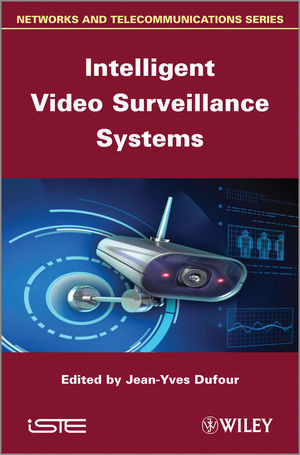

Most ebook files are in PDF format, so you can easily read them using various software such as Foxit Reader or directly on the Google Chrome browser.
Some ebook files are released by publishers in other formats such as .awz, .mobi, .epub, .fb2, etc. You may need to install specific software to read these formats on mobile/PC, such as Calibre.
Please read the tutorial at this link: https://ebookbell.com/faq
We offer FREE conversion to the popular formats you request; however, this may take some time. Therefore, right after payment, please email us, and we will try to provide the service as quickly as possible.
For some exceptional file formats or broken links (if any), please refrain from opening any disputes. Instead, email us first, and we will try to assist within a maximum of 6 hours.
EbookBell Team

4.7
16 reviewsBelonging to the wider academic field of computer vision, video analytics has aroused a phenomenal surge of interest since the current millennium. Video analytics is intended to solve the problem of the incapability of exploiting video streams in real time for the purpose of detection or anticipation. It involves analyzing the videos using algorithms that detect and track objects of interest over time and that indicate the presence of events or suspect behavior involving these objects.
The aims of this book are to highlight the operational attempts of video analytics, to identify possible driving forces behind potential evolutions in years to come, and above all to present the state of the art and the technological hurdles which have yet to be overcome. The need for video surveillance is introduced through two major applications (the security of rail transportation systems and a posteriori investigation). The characteristics of the videos considered are presented through the cameras which enable capture and the compression methods which allow us to transport and store them. Technical topics are then discussed – the analysis of objects of interest (detection, tracking and recognition), “high-level” video analysis, which aims to give a semantic interpretation of the observed scene (events, behaviors, types of content). The book concludes with the problem of performance evaluation.